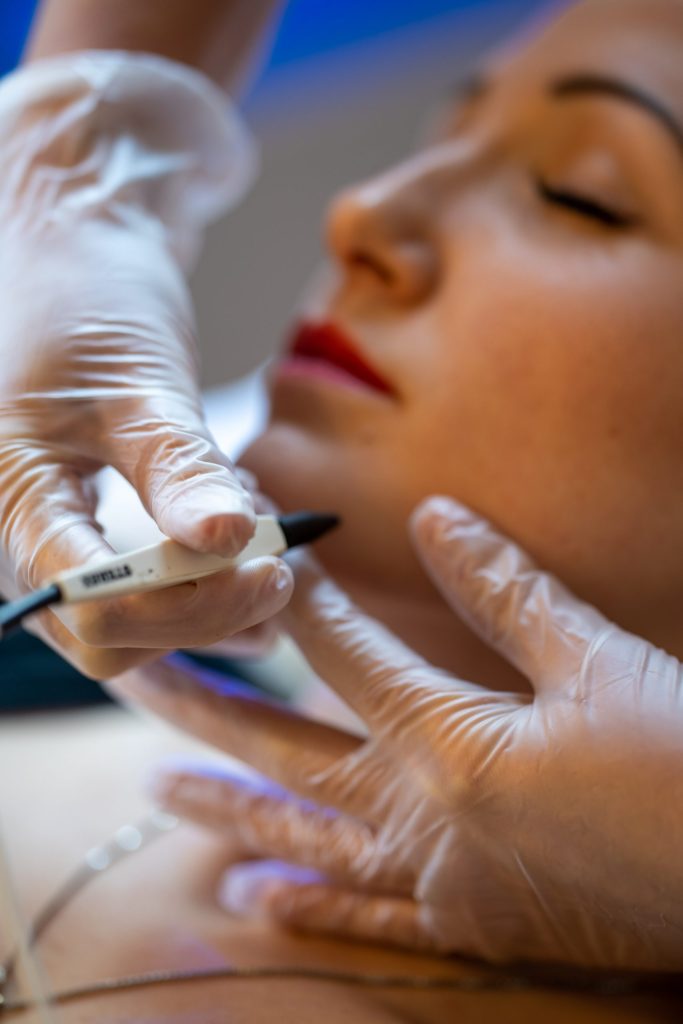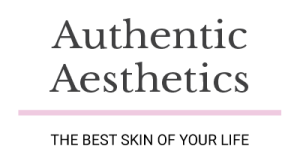Milia FAQs
The quickest, safest and most effective way to remove milia is using advanced electrolysis. This treatment uses a tiny needle with a current emitted to the end of it to create heat. This heat is then used to cauterise the milia. Once treated the milia will simply harden up and fall off within a few days leaving no trace of it behind. Only 1 treatment is usually needed to remove a milia.
Milia are formed by trapped dead skin cells becoming built up in the pores. Over time new skin will form on top of them making it almost impossible to squeeze them out without causing significant trauma to the skin which could result in scarring. The best way to avoid getting milia is to exfoliate your skin regularly and use AHA’s such as glycolic acid to aid natural skin exfoliation.
No, milia are formed by trapped dead skin cells becoming built up in the pores. Over time new skin will form on top of them making it almost impossible to squeeze them out without causing significant trauma to the skin which could result in scarring.
The quickest, safest and most effective way to remove milia is using advanced electrolysis. This treatment uses a tiny needle with a current emitted to the end of it to create heat. This heat is then used to cauterise the milia. Once treated the milia will simply harden up and fall off within a few days leaving no trace of it behind. Only 1 treatment is usually needed to remove a milia.
The quickest, safest and most effective way to remove milia is using advanced electrolysis. This treatment uses a tiny needle with a current emitted to the end of it to create heat. This heat is then used to cauterise the milia. Once treated the milia will simply harden up and fall off within a few days leaving no trace of it behind. Only 1 treatment is usually needed to remove a milia.
Milia are formed by trapped dead skin cells becoming built up in the pores. Over time new skin will form on top of them making it almost impossible to squeeze them out without causing significant trauma to the skin which could result in scarring. The best way to avoid getting milia is to exfoliate your skin regularly and use AHA’s such as glycolic acid to aid natural skin exfoliation.
The quickest, safest and most effective way to remove milia is using advanced electrolysis. This treatment uses a tiny needle with a current emitted to the end of it to create heat. This heat is then used to cauterise the milia. Once treated the milia will simply harden up and fall off within a few days leaving no trace of it behind. Only 1 treatment is usually needed to remove a milia.
The best way to avoid getting milia is to exfoliate your skin regularly and use AHA’s such as glycolic acid to aid natural skin exfoliation. Using high grade retinoids can also be used to prevent milia, however for the best results advanced electrolysis is recommended to remove existing milia.
Milia look like small, white, hard bumps on your skin that are not able to be manually extracted.
Anyone can get milia, but they are especially common in skins where the natural exfoliation has been impaired. This is common in; smokers, ageing skin, people with rosacea, people with acne and dehydrated skin. The best way to avoid getting milia is to exfoliate your skin regularly and use AHA’s such as glycolic acid to aid natural skin exfoliation.
No, there is no scientific study that links milia being related to stress.
Do exfoliate your skin regularly
Do use AHA’s in your skincare routine such as glycolic and lactic acid
Do get regular deep exfoliating facials like HydraFacial to prevent them
Don’t apply moisturiser to them
Don’t be tempted to try and extract them at home as this could result in scarring
Don’t stick needles in them to try to extract them as this could result in scarring
Thick, heavy moisturiser and vaseline should be avoided as these products will result in additional skin clogging and more milia developing.
Unlike whiteheads and blackheads, milia are not caused by hormones and blocked pores.
Some nutritionists believe milia can be linked to vit A and omega deficiency, although there isn’t a lot of scientific basis behind it.
The best way to avoid getting milia is to exfoliate your skin regularly and use AHA’s such as glycolic acid to aid natural skin exfoliation. Using high grade retinoids can also be used to prevent milia, however for the best results advanced electrolysis is recommended to remove existing milia.
Prices will vary based upon your location, the quality of the machine being used and the experience of your practitioner. Head to our price list to see pricing for our ACP blemish removal which is the most commonly recommended treatment for milia removal.





